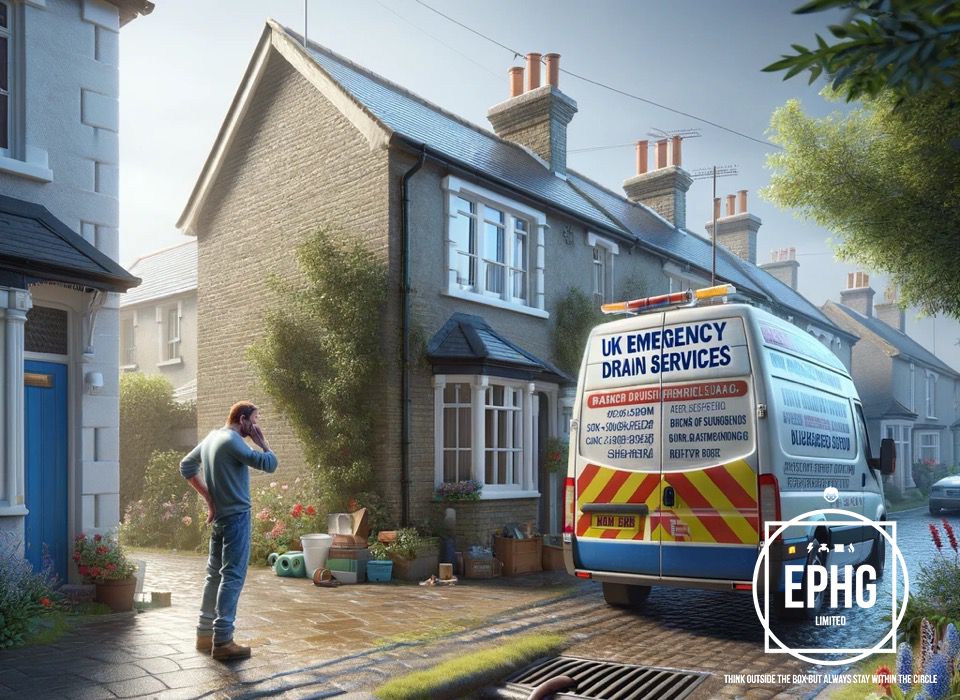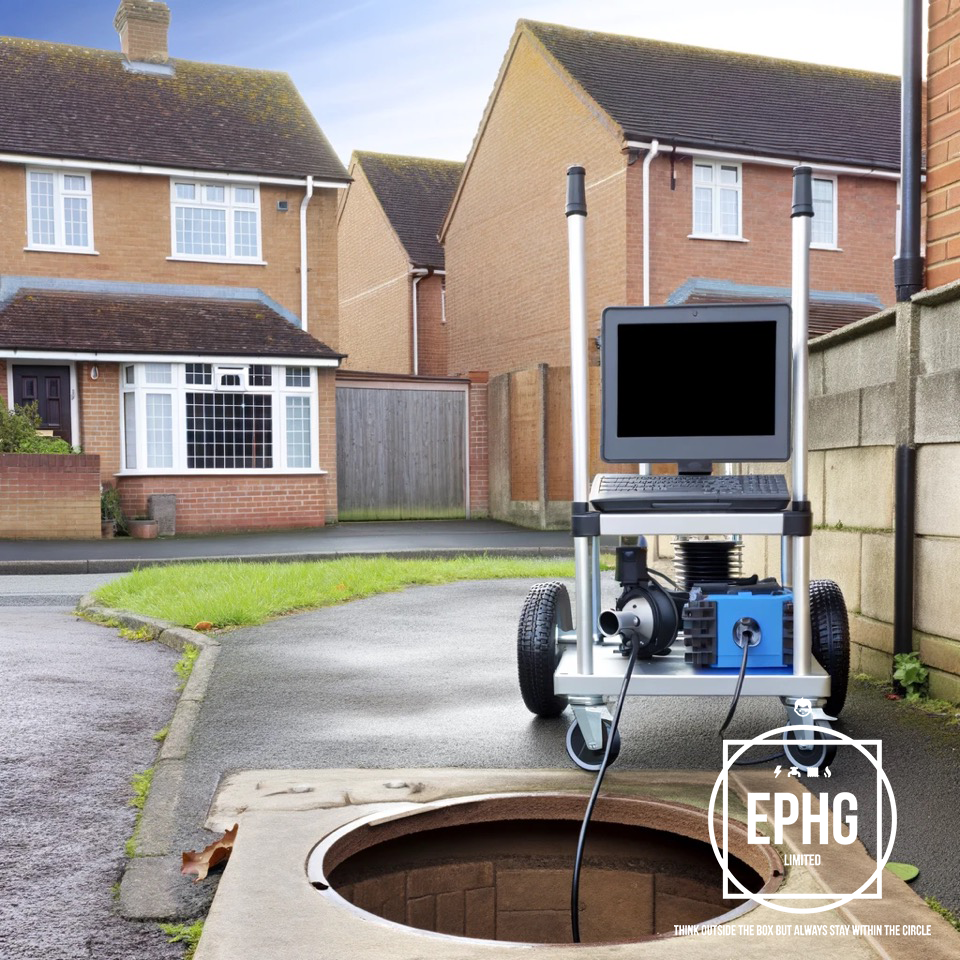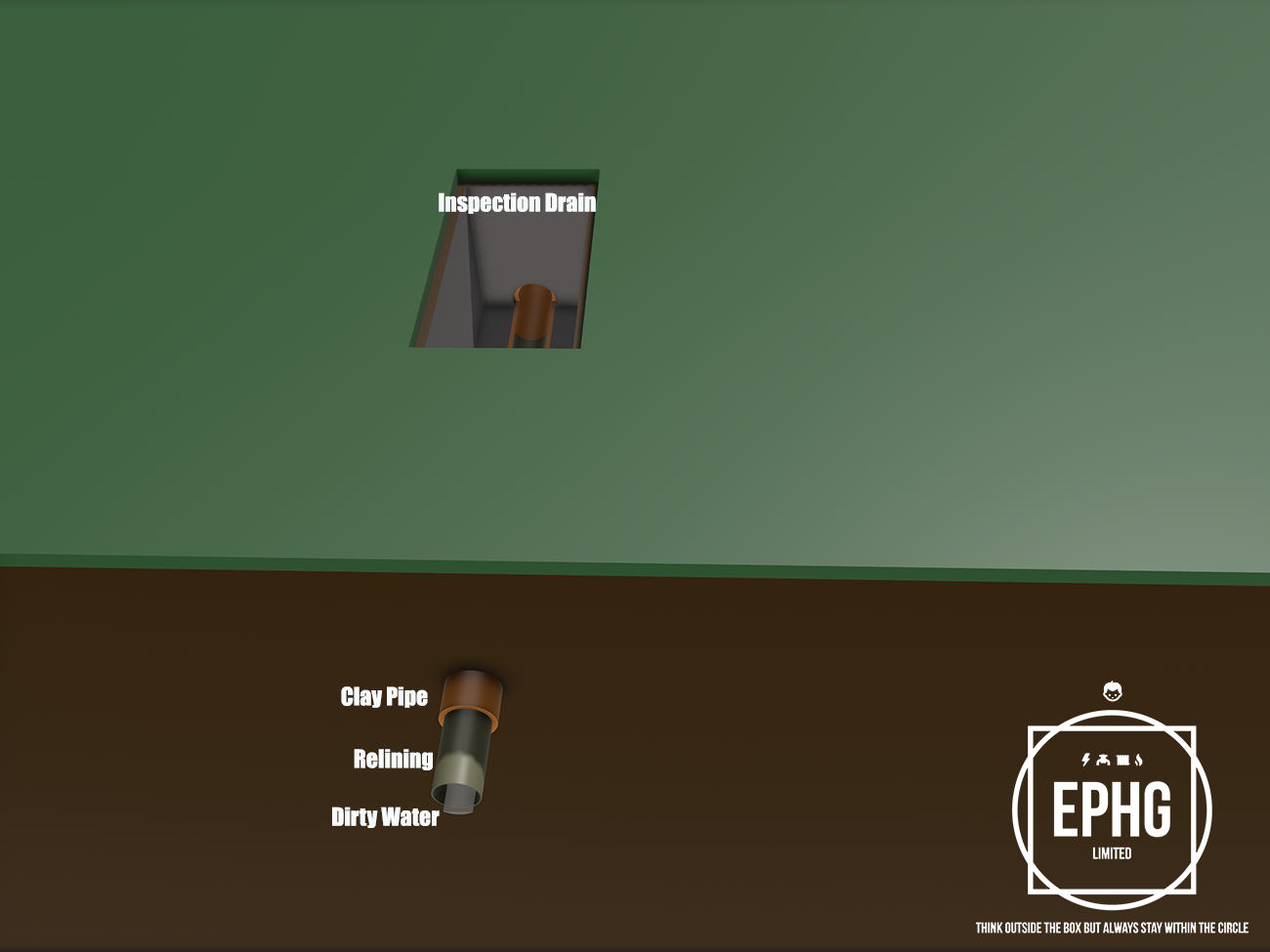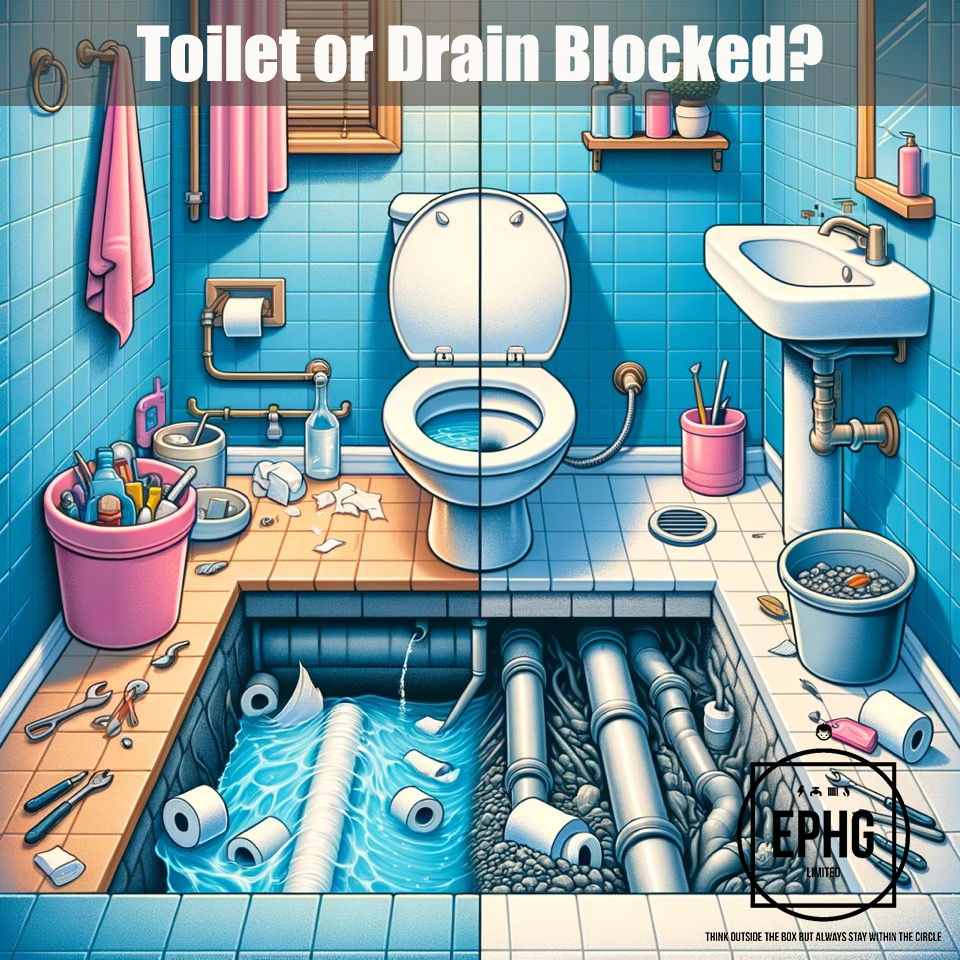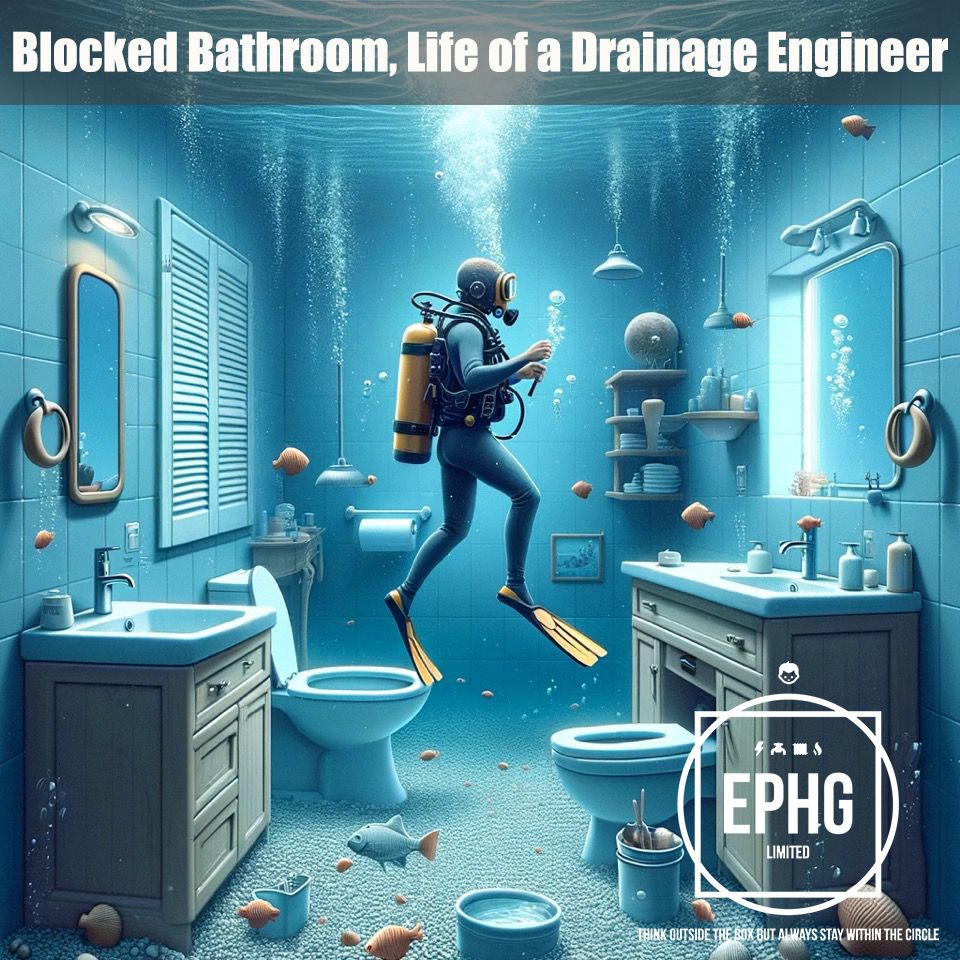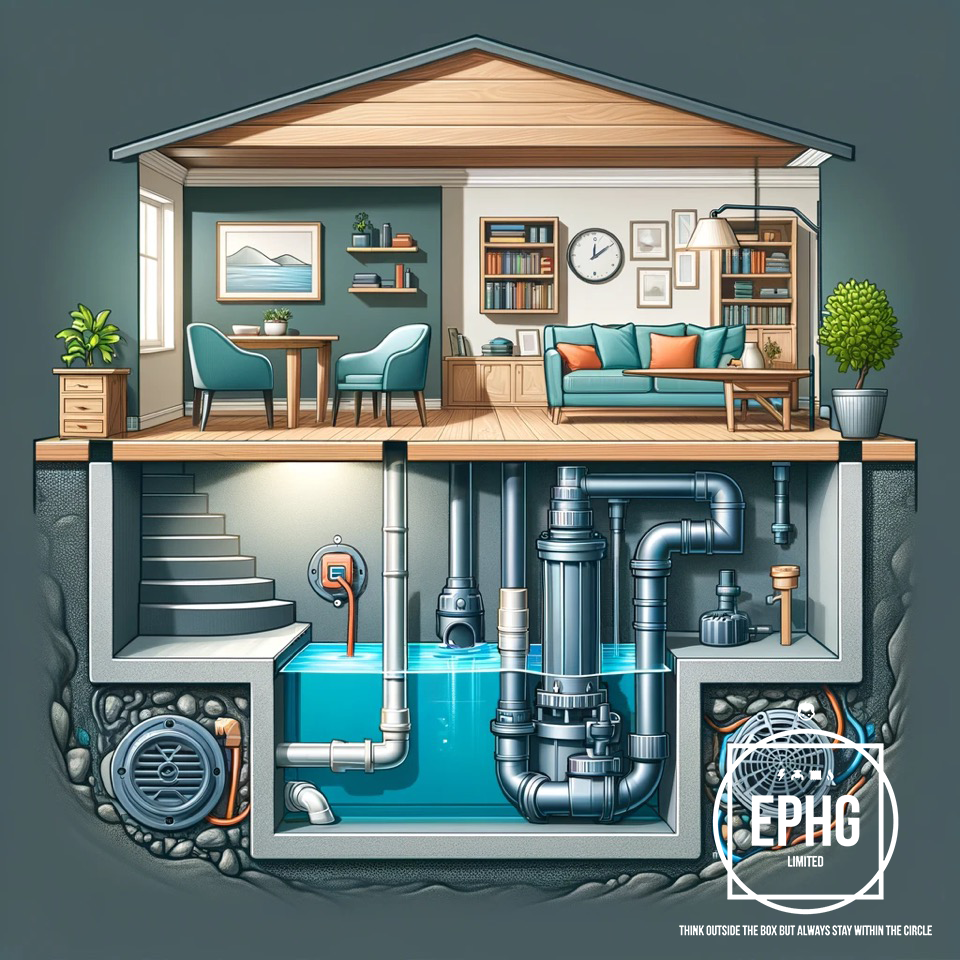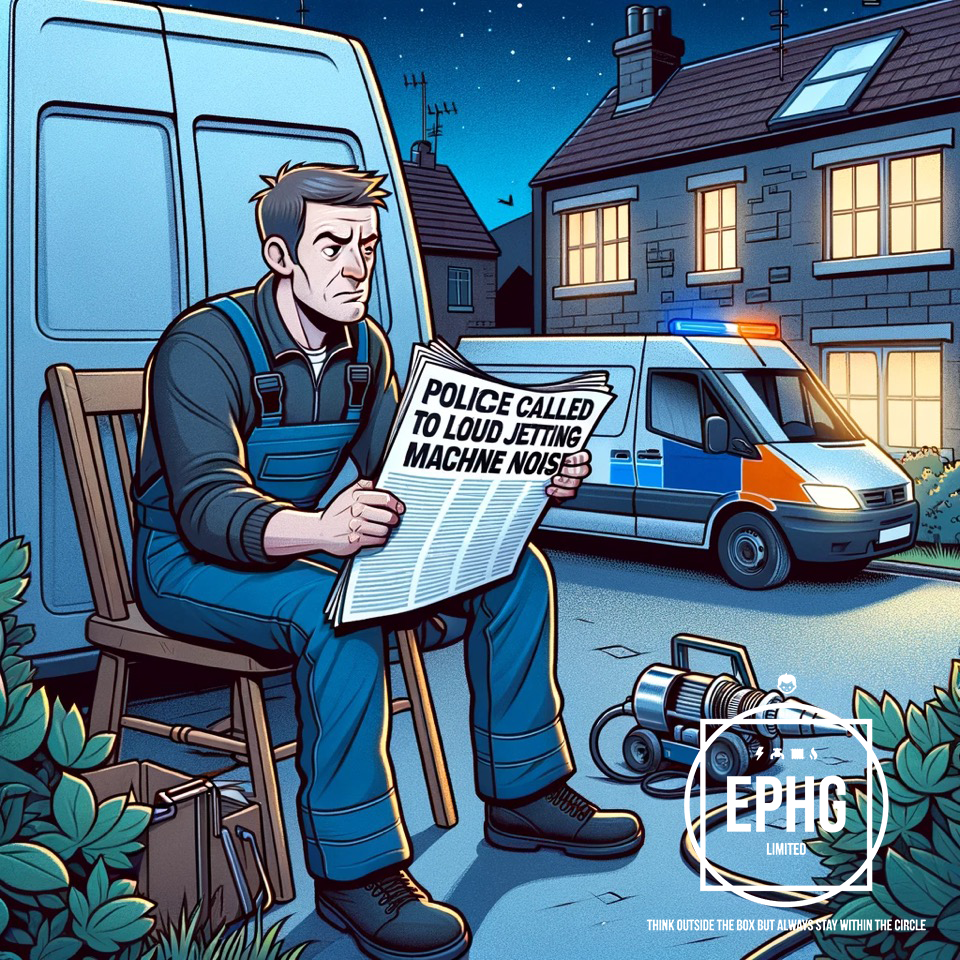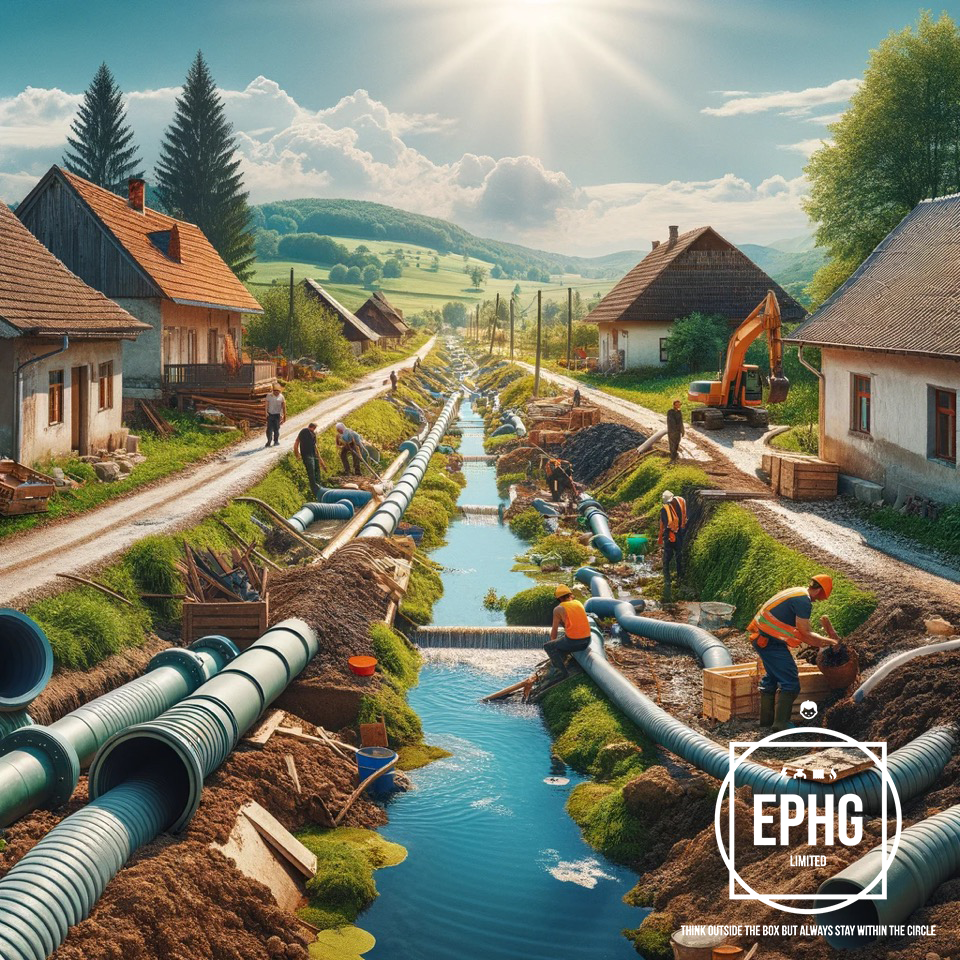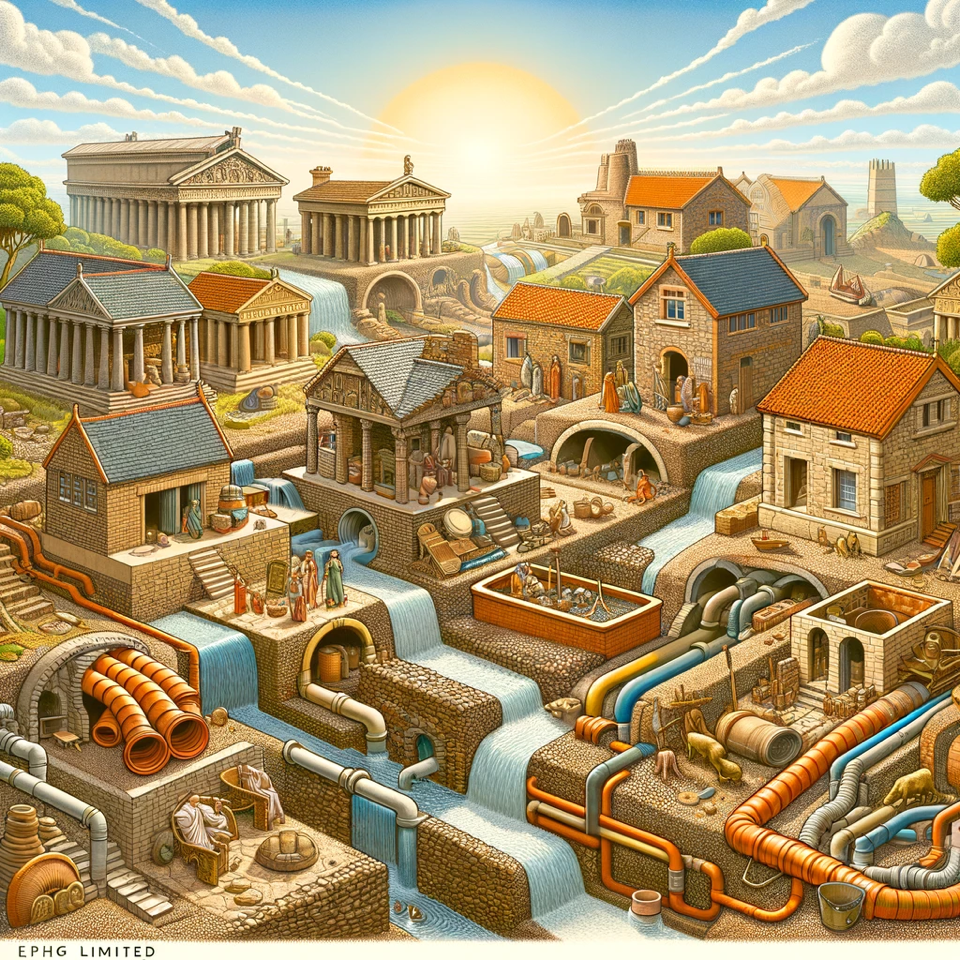

The Science Behind Roots Into Drains: Understanding and Innovating Solutions
In this comprehensive guide, we delve into the phenomenon of tree roots infiltrating drainage systems, a common yet complex problem faced by homeowners and municipalities alike. We will explore the science behind root intrusion, its implications, and, most crucially, innovative solutions poised to address this issue without the constant need for emergency drainage engineer.
Understanding Root Intrusion
Root intrusion into drainage systems is a widespread issue that can lead to significant damage and disruption. This process begins when tree roots, in search of nutrients and moisture, find their way into cracks, joints, or gaps in underground pipes. As these roots grow, they can cause blockages, breakages, and even complete system failures.
The science behind this is straightforward: trees need water and nutrients to thrive, and the wastewater flowing through our drains presents an ideal source. Over time, even the smallest crack in a pipe can become an entry point for roots, leading to extensive and costly damage.
Implications of Root Intrusion
The consequences of roots infiltrating drainage systems extend beyond the immediate need for repairs. Blocked or damaged pipes can lead to water backup, soil erosion, and even health hazards due to the overflow of untreated sewage. Moreover, the structural integrity of the affected pipes can be compromised, leading to further damage and potential property loss.
Traditional Solutions and Their Limitations
Historically, addressing root intrusion has been reactive rather than proactive. Emergency drainage engineers employ methods such as mechanical cutting, chemical treatments, and pipe replacement. While effective in the short term, these solutions can be invasive, costly, and environmentally damaging. Furthermore, they do not prevent future root growth, resulting in a cycle of maintenance and repair.
Innovating Future Solutions
The future of combating root intrusion lies in innovative, sustainable technologies and approaches. Here are several forward-thinking solutions that are currently being explored:
- Biological Deterrents: Utilizing natural or engineered compounds that discourage root growth without harming the tree or the environment. These substances can be introduced into the soil around pipes, creating a barrier that roots are less likely to penetrate.
- Root-Resistant Materials: Developing new pipe materials or coatings that are resistant to root intrusion. These could range from flexible, self-healing materials that close off cracks automatically to surfaces that deter root adhesion or growth.
- Smart Monitoring Systems: Implementing sensor-based systems that detect early signs of root intrusion and alert property owners or municipal services before significant damage occurs. This technology could revolutionize maintenance strategies, shifting from emergency responses to preventive measures.
- Green Infrastructure: Redesigning urban landscapes to reduce the need for deep underground pipes and instead utilize natural drainage solutions like bioswales and rain gardens. These systems can manage stormwater and wastewater in a way that minimizes the risk of root intrusion.
- Genetic Plant Management: Exploring genetic modifications or selective breeding of trees to produce root systems that are less likely to invade pipes. This long-term solution would involve collaboration between botanists, urban planners, and environmental scientists.
Conclusion
The science behind roots infiltrating drains is a reminder of the dynamic relationship between our urban infrastructure and the natural environment. By understanding this interaction, we can develop effective strategies to mitigate the impact of root intrusion. The future lies in innovative, sustainable solutions that prevent problems before they necessitate emergency interventions, thereby ensuring the longevity and efficiency of our drainage systems. As we move forward, the collaboration between engineers, biologists, and urban planners will be crucial in transforming these concepts into reality, fostering a harmonious coexistence between urban development and nature.
We have a similar article to this one called Tree Roots In The Drain if you care to take a look.


